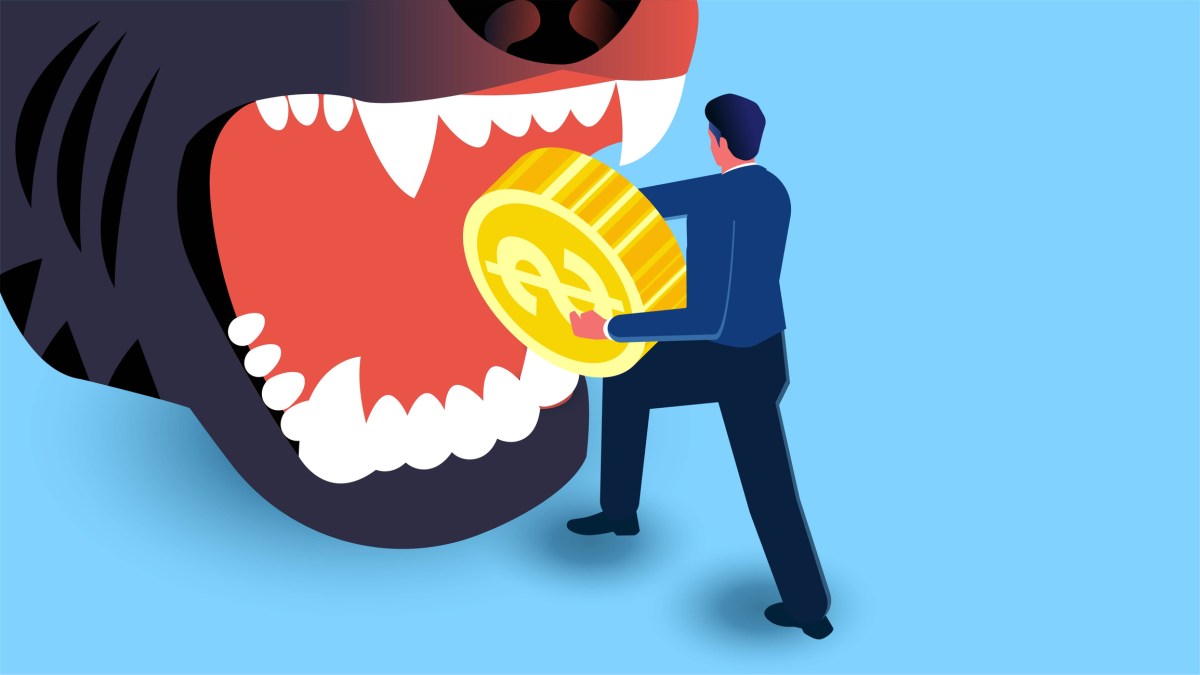
"The statistics back up his unease. Buy-now-pay-later services have exploded to 91.5 million users in the United States, according to the financial services firm Empower, with 25% using the services to finance their groceries as of earlier this year, according to survey data released in late October by lending marketplace Lending Tree. These aren't the discretionary purchases - the designer bags and latest Apple headphones that BNPL was marketed for originally."
"Borrowers aren't paying it back, either. According to Lending Tree, default rates are accelerating: 42% of BNPL users made at least one late payment in 2025, up from 39% in 2024 and 34% in 2023. Storm clouds on the horizon This isn't just a consumer finance story; it's a canary in the coal mine for the entire venture-backed fintech ecosystem and beyond."
"It points to what could develop into a serious problem - one that echoes the warning signs that preceded the 2008 financial meltdown except for one thing: it's largely invisible. Most BNPL loans aren't reported to credit bureaus, creating what regulators call "phantom debt." That means other lenders can't see when someone has taken out five different BNPL loans across multiple platforms. The credit system is flying blind."
Nigel Morris, co-founder of Capital One and an early investor in Klarna and Aplazo, warns that people increasingly use BNPL to buy groceries, indicating financial strain. Buy-now-pay-later services reached 91.5 million US users, with 25% using them to finance groceries. Default and late payment rates are accelerating, with 42% of BNPL users making at least one late payment in 2025, up from 39% in 2024 and 34% in 2023. Many BNPL loans are not reported to credit bureaus, creating "phantom debt" and leaving other lenders unaware of multiple concurrent BNPL loans. The lack of transparency creates systemic risk across the fintech ecosystem.
Read at TechCrunch
Unable to calculate read time
Collection
[
|
...
]